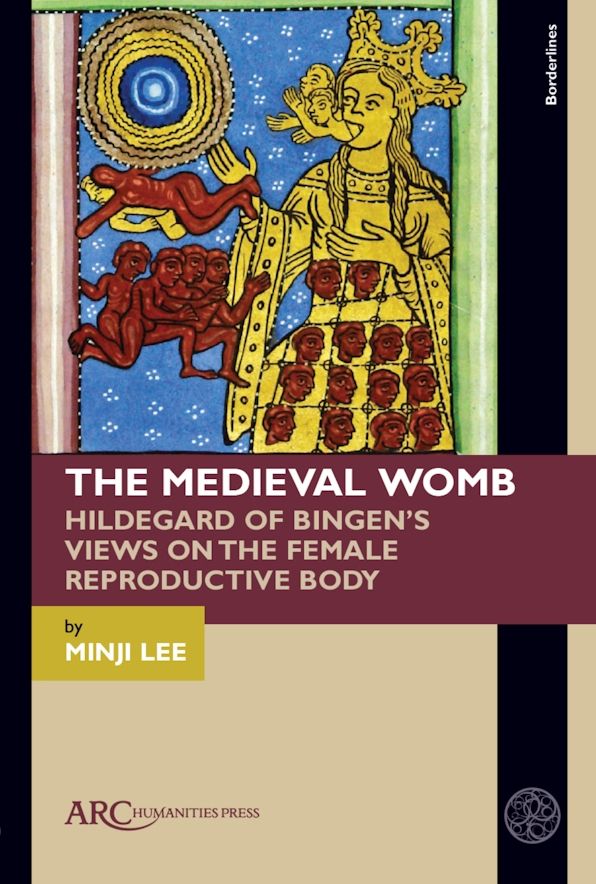Exploring the Appearance and Function of the Wound Man Diagram in Late-Medieval Medicine
They/Them completed a BA in History at Leiden University in the Netherlands in 2020, where they/them specialised in medieval history. They/Them wrote a dissertation on the authoritative responses to the fourteenth-century plague outbreaks by London's and Florence's authorities. After the BA, they/them started a MA in Medieval History at the University of Leeds. Here, the focus remained on medical medicine, and they/them wrote a dissertation on the importance of trust as an actor within the late-medieval patient-practitioner relationship. They/Them completed the MA in 2021. They/Them began a PhD at the University of Leeds in October 2022, where they/them research the representation of the male body in medical iconography, focusing on the impaired, wounded and sick body. They/Them aim to discuss the relationship between medieval medicine, art, and masculinities. Work Experience Contributor, International Medieval Bibliography (Internship 2021, employment 2021-present) IMS Special Collections/Yorkshire Archaeological and Historical Society Intern (2022-2023) Publications ‘The Black Death: Medieval London's Response to an Epidemic in the Fourteenth Century', History Student Times, 13.1 (2020), 15-6. ‘The Decameron: Women's Looks and Character in Boccaccio's Fourteenth-Century Florentine Novel', History Student Times, 13.3 (2021), 6-7 Events They/Them was on the project team for the Ripon Cathedral Fragments Day (part of the Sadler Seminar Series), hosted by University's Special Collections and funded by Leeds Arts and Humanities Research Institute. This event brought together various people to uncover the hidden history of manuscript fragments in Ripon Cathedral's library books. Through the IMS internship, They/Them was part of the Digital Explorations project, which aims to enhance future research culture of Digital Humanities through a study of manuscript fragments from the Ripon Cathedral Library held in the Special Collections at the University of Leeds. In March-May 2023, they/them was the Events Assistant for the workshops related to this project, which aimed to educate those involved in different digitisation techniques and encourage (future) research collaborations. Research interests The current research looks at the representation of the impaired, wounded and sick male body in medical iconography. They/them focus is on the later medieval period, 1300 to 1500, and Italy, England, Germany, and the Low Countries. They/them look at the relationship between medicine, art, and masculinities through discussing the male body in medieval culture (medicine, society, literature, etc.), ideas on masculinities, and ideas on wounds, disease and impairment. Qualifications MA Medieval Studies (University of Leeds) BA History (Universiteit Leiden, Netherlands)











